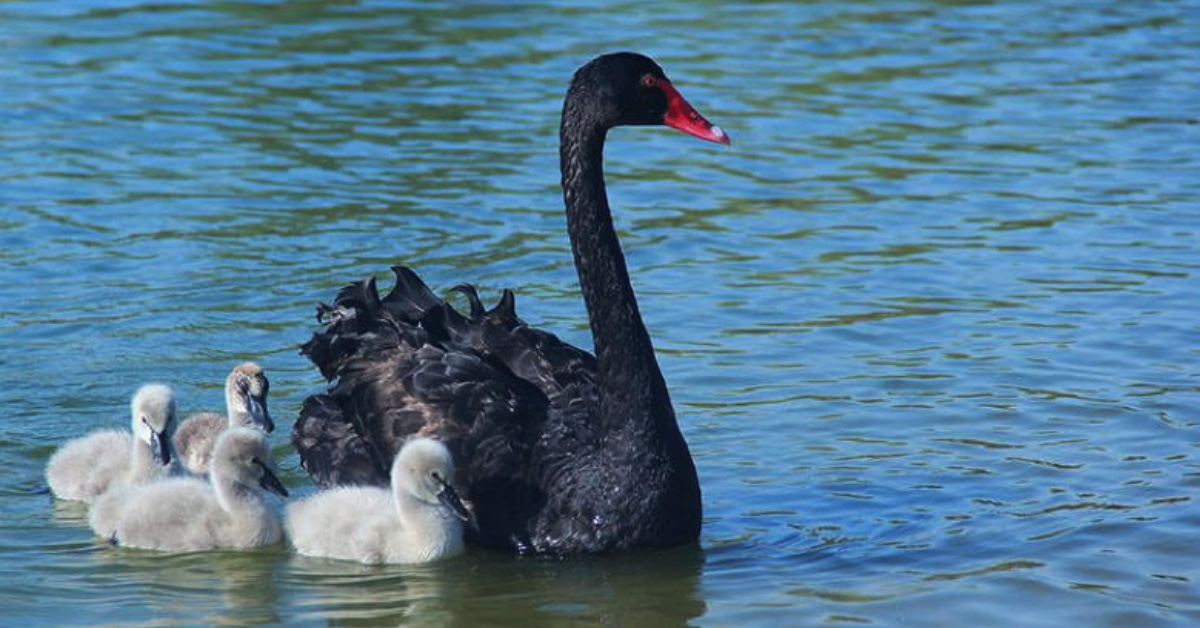The majestic black swan (Cygnus atratus) is not just known as Western Australia’s icon, it is also now a shining beacon of hope for preventing future pandemics.
In a genomic breakthrough, the DNA puzzle of the black swan has been successfully put together through a collaboration between researchers from the University of Queensland (UQ) and the University of Western Australia (UWA). They mapped its DNA through DNA Zoo, a global genome sequencing conservation group that allows scientists and policymakers to better understand different species through their DNA, and assess threats to their survival.
This first-of-its-kind experiment could offer useful insight into how the large waterbird responds to the deadly bird flu and other pandemics in the same family of viruses, as the bird is particularly susceptible to the disease compared to other bird species.
Bird flu deadly to humans too.
Humans are also not immune to the bird flu virus. Although the virus has only infected roughly 800 people worldwide since 2003, more than half of those who contracted the virus did not survive. With these statistics, the significance of such studies can now be seen in a much different light.
Imagine a pandemic with a fatality rate of more than 50%. The consequences are just unfathomable.
“Because viruses such as bird flu can spill over into humans, and pandemics are only predicted to increase in the future, research into animal and human responses to them has never been more important”, emphasises DNA Zoo Australia Director Parwinder Kaur, who’s also an Associate Professor from UWA’s School of Agriculture and Environment.
Powered by high-performance computing.
The researchers laid out the complete genome of the black swan, and akin to finding a needle in a haystack, they are currently working on comparing it to that of the closely related mute swan species. Mute swans are highly resistant to the pathogenic strain of the bird flu virus. They want to know why these two species are so similar, yet so different genetically. Harnessing the power of high-performance computing (HPC), the mapping and comparison of tens of thousands of genes can be done in seconds, in contrast to a classical desktop computer which would normally take years to complete the task.
This comparison between the two species could give scientists much-needed information to better understand why black swans fall victim to the virus so easily and quickly. The team has already identified certain genes that are differentially expressed in black swans, which might explain why they are so uniquely susceptible to the flu.
Secret weapon for future pandemics.
In today’s ecosystem, different species are living together more closely than before due to shrinking wildlife habitats caused by human activity. The increase in contact between humans and animals also means that pathogenic viruses from animals can make the jump to humans with much ease. This is more relevant than ever given that we are currently plagued by the COVID-19 pandemic, which has been classified as a zoonotic disease.
Studies like Dr Kaur’s could help us understand human response to bird flu and better equip us in combating the next pandemic by providing targeted details to produce vaccines for the disease. It is of our best interest that we gather as much information as possible about diseases with zoonotic potential, which is a key lesson from the current pandemic.






























